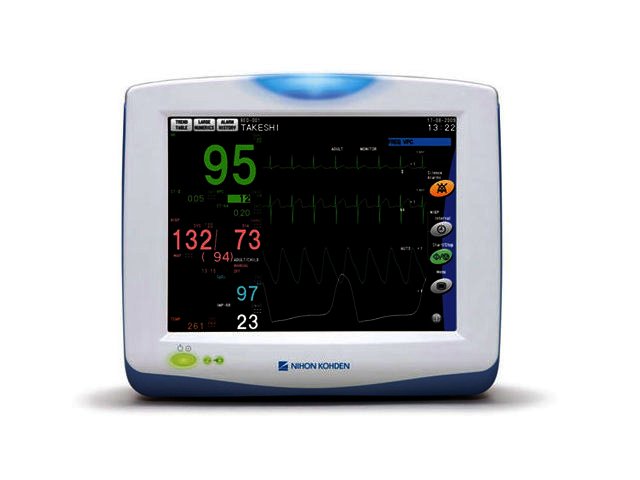PREVIOUS ARTICLENEXT ARTICLE
NEWS

Medical treatment transformed via wireless technologies
By Staff Writer 8 October 2012 | Categories: news
Technological advances in wireless technologies are leading to developments in the remote patient monitoring market, offering increased convenience to patients and improved access to efficient data management for medical professionals. This according to a new report by business intelligence provider GBI Research.
The report states that patient monitoring systems – specialised medical devices used to measure and record patients’ vital signs – are of critical importance in hospitals, home and ambulatory settings.
Wireless patient monitoring devices collect and transmit patient data, not only removing the confinement caused by wired bedside monitors, but also allowing patients to be continuously monitored from remote locations, expanding the treatment of a patient to a potential worldwide collaboration.
Sensor technology advancing
GBI Research believes that advances in sensor technology have resulted in the development of sophisticated patient monitoring systems based on biomedical sensors, which are used to create a wireless network system known as the Body Area Network (BAN). These sensors can measure patient vital signs such as blood glucose levels, blood pressure, and the electrical impulses of the heart and brain. This collected data is transmitted and stored for further review.
Wireless Intelligent Sensor (WISE) based monitoring devices are also used to monitor vital patient medical parameters, and can predict and prevent emergency health situations. This quick and timely transmission of data in ambulatory or critical care settings allows swift intervention by physicians in case of emergencies, potentially saving many patients’ lives.
Access to wireless networks important
According to GBI Research, in order for wireless medical technologies to flourish, there is a need for high-speed and comprehensive access to wireless networks, challenging the abilities of current infrastructure. Devices must be made with the quality and reliability to function and communicate well, and networks must offer unlimited and dependable wireless coverage.
Technological advances such as Bluetooth low energy, ZigBee green power, Wi-Fi direct and EnOcean are enabling wireless sensor networks in the application of patient monitoring devices. Patient monitoring systems can also include GPS location tracking tools to respond to a patients’ need for help.
Further advancements continue to take place to enhance the performance of patient monitoring devices. For example, Nihon Kohden’s patient monitors contain new technology that can determine cardiac output using pulse wave transit times, which enables the recognition of fluctuations in blood pressure between regular blood pressure measurements.
When the pulse wave transit time threshold is exceeded, the monitor records the Non-Invasive Blood Pressure (NIBP) measurement to confirm any irregularity in blood pressure measurement.
The importance of mobile technology in healthcare was also in the spotlight at the Mobile Health Summit held in Cape Town earlier this year, with the GSMA stating that by 2017 the mHealth market should have revenue opportunities in the range of $23 billion.
USER COMMENTS
Most Read Articles
Read

Magazine Online
TechSmart.co.za is South Africa's leading magazine for tech product reviews, tech news, videos, tech specs and gadgets.
Start reading now >
Download latest issue
Have Your Say
What new tech or developments are you most anticipating this year?
New smartphone announcements (45 votes)
Technological breakthroughs (29 votes)
Launch of new consoles, or notebooks (14 votes)
Innovative Artificial Intelligence solutions (29 votes)
Biotechnology or medical advancements (24 votes)
Better business applications (160 votes)



